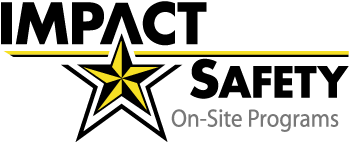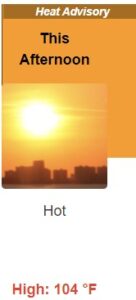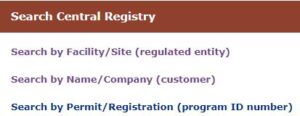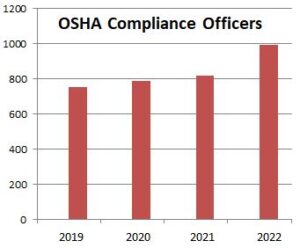(Update note: Supreme Court Says No to OSHA Employers Vaccine-or-Test Mandate 1/13/2022, but leaves mandate in place for healthcare workers.)
WOW! OSHA ruling is Issued on Thursday, then a Circuit Court of Appeals grants an emergency stay on the ruling Saturday…. And so the roller coaster ride begins.
You may recall that President Biden announced on September 9 that OSHA was being tasked to create new regulation requiring large employers to keep a roster of employee vaccination status and implement specific COVID protections, and that gives employers the green-light to mandate COVID vaccination for their employees, if they choose to. OSHA shared a plan with the legislature on October 12, and on November 4, the legislation was enacted.
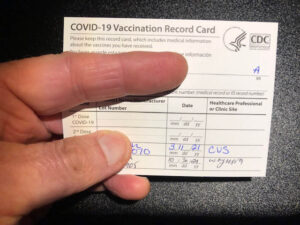
COVID Vaccination Card
This new regulation is called “Emergency Temporary Standard (ETS) on Protecting Employees from COVID-19”. The media has begun calling it the “Vax or Test Rule”. The rule has language that limits states and municipalities from trying to ban employers from requiring vaccinations, face coverings, or COVID testing. The COVID ETS is being enacted for a 6 month period, with plans to re-evaluate it at the end of that period (When there is no longer a grave danger from COVID for workers, the ruling will be discontinued).
Prior to the ETS being issued, 27 states had announced plans to challenge the COVID ETS, and on Saturday (November 6) the 5th Circuit Court of Appeals granted an emergency stay of the newly enacted OSHA Emergency Temporary Standard. The government is expected to issue a response to this legal challenge on Monday (November 7). The Labor Department says they are confident in having legal authority to issue the ETS rule, and OSHA says they are fully prepared to defend the standard in court. Therefore, we should expect legal tussling over the new OSHA rule to be in our nightly news this week.
What does the Standard Require?
The regulation requires that employers with 100 or more employees (companywide) keep a roster on COVID vaccination status of their employees. They can either mandate that all employees be vaccinated, or they can allow any choosing to remain not-fully-vaccinated to go take a COVID test weekly (reporting any positive tests quickly, and staying out of work if diagnosed with COVID). In addition those choosing to remain unvaccinated will be required to wear a face-covering at all times when indoors at work or in a vehicle with another person for work. (more…)
